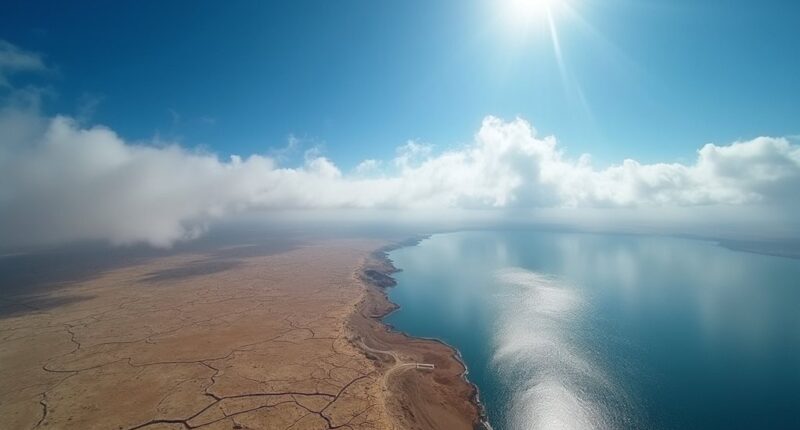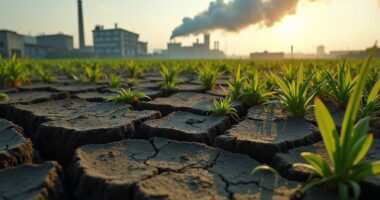Weather engineering is like an ambitious cook trying new recipes to tackle climate change. It offers cool techniques, like cloud seeding, which sprinkles particles into the sky to boost rainfall by 15 to 25%. But watch out! Not all results are guaranteed, and the ingredients raise health and ecological questions. While it can help with droughts and farming, critics worry it’s just putting a Band-Aid on a bigger wound. Curious about the flavors and risks of this controversial dish?
Exploring the Potential and Pitfalls of Weather Engineering
Weather engineering, a fascinating blend of science and ambition, seeks to tackle some of the most intimidating climate challenges facing our planet today. This bold approach involves deliberate large-scale interventions in weather patterns, aiming to combat issues like drought and extreme weather. Among the most popular techniques are carbon dioxide removal (CDR) and solar radiation modification (SRM), but perhaps the most well-known method is cloud seeding.
Imagine sending tiny particles, like silver iodide, into the sky to coax clouds into releasing their precious rain. Under the right conditions, this technique can ramp up rainfall by 15 to 25%, which sounds like a miracle, right? Countries like China have invested heavily in this technology, and their results have been impressive, prompting an international curiosity about the potential benefits. However, geoengineering techniques often carry significant environmental and social impacts that remain largely unknown.
Imagine harnessing the power of silver iodide to increase rainfall by up to 25%—a remarkable feat capturing global attention.
However, much like that one friend who always overdoes it at the buffet, there are risks. The toxicity of silver iodide and unexpected impacts on local ecosystems create a complex web of ethical concerns. Cloud seeding experiments have historically raised questions about their effectiveness and unintended consequences.
The potential consequences of weather engineering extend beyond just the immediate effects. It can disrupt microclimates, affecting everything from local agriculture to biodiversity. Critics argue that these methods are merely Band-Aids on a much larger problem—climate change itself. While cloud seeding may alleviate water scarcity in drought-stricken areas, it doesn’t address the root causes of climate issues, like greenhouse gas emissions. Many experts instead recommend focusing on natural systems that can provide sustainable climate solutions with fewer ecological side effects.
Historically, weather modification began way back in 1946 with dry ice cloud experiments. Fast forward to today, and countries like China and the United States have established extensive cloud-seeding programs. Yet, large-scale adoption remains fraught with challenges, including replicating success in diverse climates and steering through international regulations.
In the end, while weather engineering offers tantalizing possibilities, it also carries a hefty dose of responsibility. This approach might be a clever tool in the climate toolkit, but like any good recipe, it requires careful measurement to avoid disaster.









